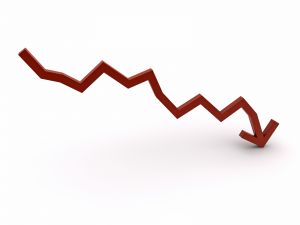
RRSP contributions appear to be heading back to levels last seen in the 1970s, according to a new report from RBC Economics.
RRSP contributions as a share of personal disposable income (PDI) continue to decline, confirming a downward trend first identified by RBC in 2010.
The latest study reaffirms the 2010 report’s findings that demographics are the key reason behind declining RRSP contributions, and also identifies a new factor influencing this trend — house prices.
“As house prices have increased, Canadians have been reducing their RRSP contributions, which suggests that real estate investments are acting as an alternative to RRSP investments,” explains Paul Ferley, assistant chief economist, RBC. “Still, our research continues to demonstrate that Canada’s aging population is the dominant force behind the decline in RRSP contributions.”
RRSPs were first introduced in Canada in 1957 to permit individuals to shelter financial assets from income taxes. Contributions grew steadily from 1968 to 1997, relative to PDI, but have been on a downward trajectory ever since, according to a 2010 report by RBC Economics.
The 2012 RBC Economics report projects that the decline in RRSP contributions will continue to trend lower through 2020. This rate is expected to fall back to under 2% of PDI — a level not seen since the 1970s — from a high of 5% of PDI in 1997 and 3.3% in 2010.
“Our research indicates that the downward trend from 1997 to 2010 coincided with the aging boomer generation — as boomers moved past their higher saving years in their mid-30s through to their mid-50s,” adds Ferley. “By comparison, Canadians under the age of 34 tend to be the least likely to make RRSP contributions.”
In other RRSP news, a poll conducted for CIBC reveals that one quarter of eligible Canadians say they still have to make their RRSP contribution for the 2011 tax year in the few days left before the deadline on Feburary 29.
The poll also reveals that more than half of those that still have to make a contribution are planning to leave it until the very last minute.